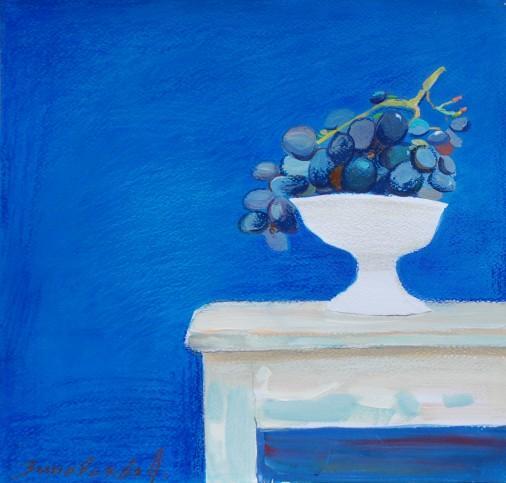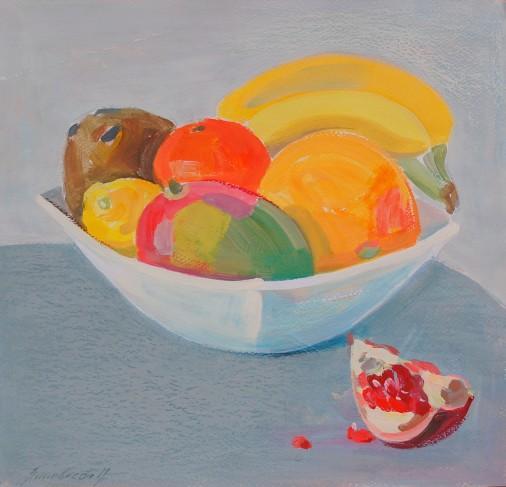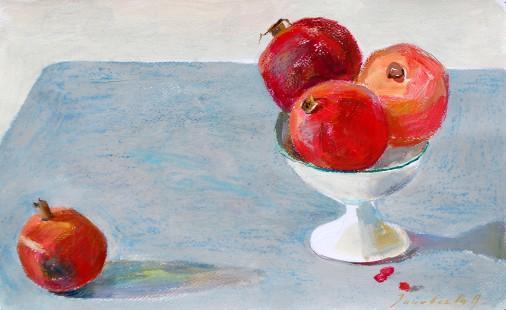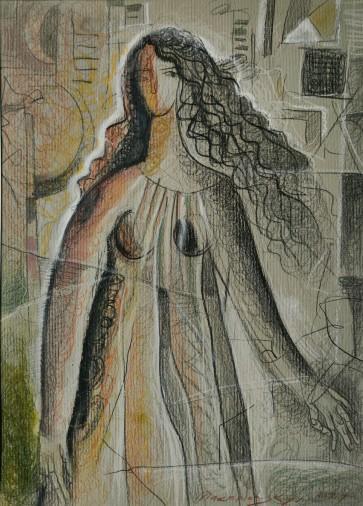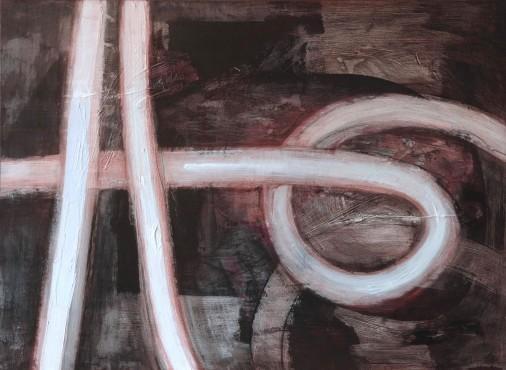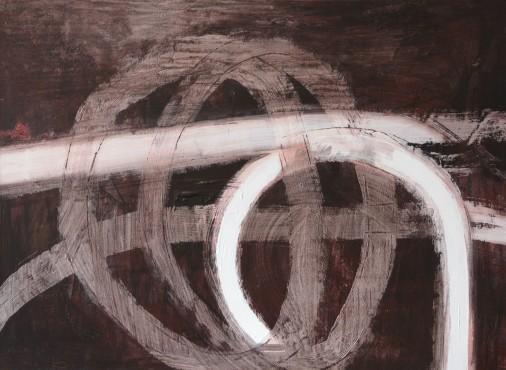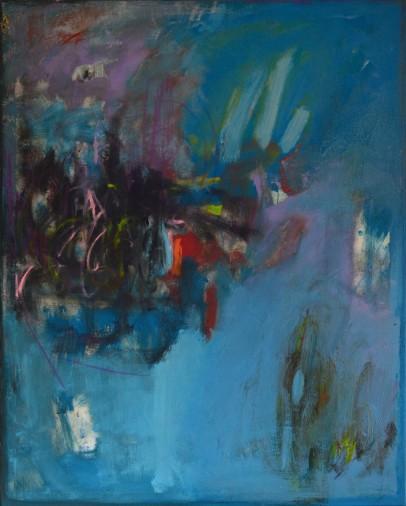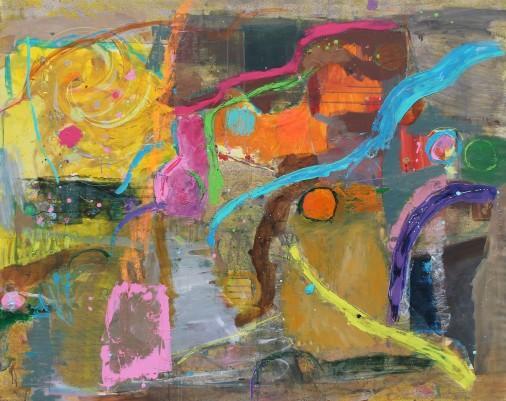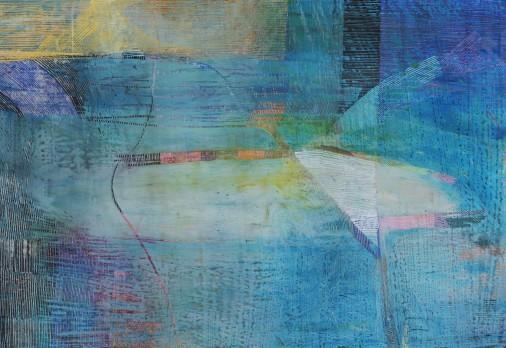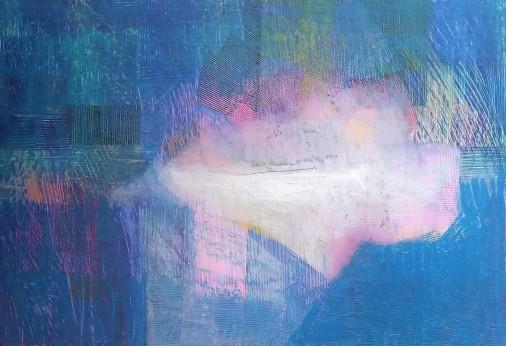Pastel paintings
(174)
Pavlo Makedonskyi € 235

Serhii Dekaliuk € 9391 409

Olga Kopeleva € 75
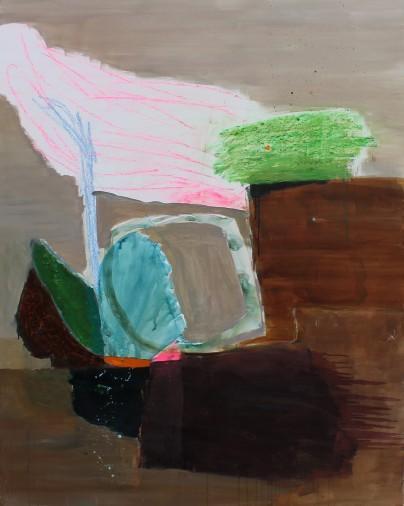
Serhii Dekaliuk € 1 690
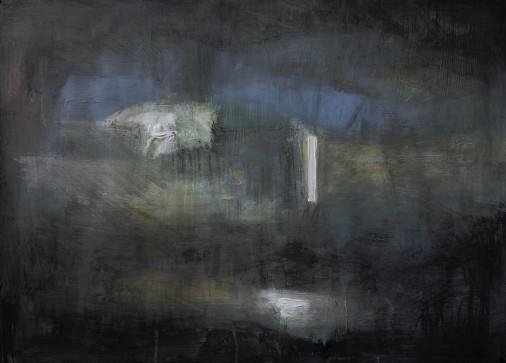
Olga Kopeleva € 169
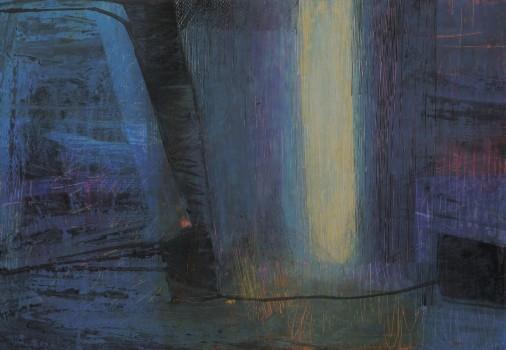
Olga Kopeleva € 75
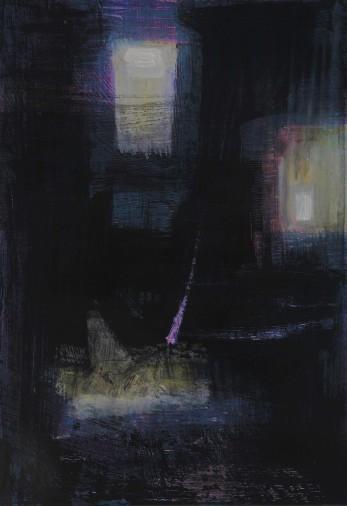
Olga Kopeleva € 75

Olga Kopeleva € 75

Olga Kopeleva € 75
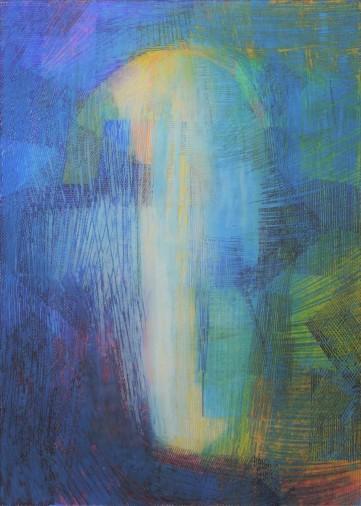
Olga Kopeleva € 75
Expand your search
Why pastel paintings?
Paintings created using oil, wax or dry pastels are unique in their charm. On the canvas they appear with light, blurred contours, giving the image a matte, fabulous and airy look. Artists achieve this effect by carefully working out the lines with their fingertips. A variety of shades allows you to achieve both chic and delicate color rendering. Watching such works, you can constantly discover new layers and shades of light, the play of highlights and the smallest details.
Historical context of pastel painting
This technique gained popularity thanks to the brilliant work of Leonardo da Vinci, using shading of charcoal and sanguine. The Italians called this technique "a pastello". Western masters, including Degas, also contributed, creating graceful and sensual works. Ukrainian artists adapted these techniques, creating vibrant portraits and landscapes.
Contemporary artists also actively use pastel, continuing traditions and introducing innovations into the technique. For example, contemporary Ukrainian artists are experimenting with pastels, creating works that intertwine traditional and abstract elements.
Famous oil pastel paintings: from traditional to abstract pastels by famous artists
Combining the richness of oil paint with the ease of application of traditional pastels, oil pastels have given the world many famous works of art. These works are distinguished by their brightness of color, depth of texture and special emotional expressiveness. Here are some of the most famous oil pastel paintings:
- Edgar Degas Dancers: Edgar Degas, famous for his depictions of ballerinas, often used oil pastels to create his famous works. His paintings stand out for their unique technique, combining tenderness and dynamic movements. His depictions of ballerinas and the life of the Parisian ballet are classic examples of the use of pastels to create dynamic yet delicate and sensual images.
- Portraits of Mary Cassette: Cassette, an American artist and one of the few female Impressionists, also favored pastels for her delicate and expressive portraits, especially those of mothers and children.
- Pablo Picasso's Experiments: Picasso also experimented with oil pastels, creating portraits that stand out for their intensity and depth. His works in this technique are often characterized by bold use of color and form.
- Landscapes by Marc Chagall: Chagall used oil pastels to create dreamy, poetic landscapes that transport the viewer to a fairy-tale world full of symbolism and colorful imagery.
- Still Life Paintings by Henri Matisse: Known for his vibrant and expressive still life paintings, Matisse also used oil pastels to convey the richness of color and light in his work.
- Joan Miró Compositions: Spanish artist Joan Miró used pastels to create his famous abstract compositions, where bright colors and simple shapes combine to create magical and dreamy images.
- Abstractions by Wassily Kandinsky: Kandinsky, one of the pioneers of abstract art, also used pastel in some of his works, using it to explore color and form in his revolutionary abstract compositions.
These artworks not only demonstrate the artist's skill, but also show how oil pastels can be used to create a variety of effects - from a subtle glow to bright, energetic expression. They remain an important part of art history and continue to inspire contemporary artists and art lovers around the world.
Guide to buying pastel drawings: tips from KyivGallery art critic
Our website presents a wide selection of pastel paintings of various genres: from night city views to autumn forests. We invite you to pay attention to portraits, works in the style of nudes, impressionism and animalism. They are attractive due to their affordable price compared to large oil canvases and make an excellent gift.
Purchasing a pastel painting is not only the purchase of a work of art, but also an investment in culture and aesthetics. Here are some important aspects to consider when choosing a pastel painting:
- Quality assessment: When choosing a pastel painting, it is important to pay attention to the quality of the materials. Pastels come in soft, hard and oil pastels, each type having its own unique qualities and texture. Soft pastels provide rich, vibrant colors and are easy to blend, while hard pastels are ideal for detailed work. Oil pastels, denser and brighter, produce richer and deeper shades.
- Style and theme: The choice of style depends on personal preference. Pastel paintings can be made in various genres - from classical landscapes and portraits to modern abstractionism. It is important that the chosen piece is in harmony with the interior and reflects your personality.
- Authorship and provenance: Research the artist of the painting. Famous artists may be more expensive, but their work tends to be more valuable and can be a good investment. No less interesting are the works of little-known but talented artists. Authenticity of the work is important, especially if you are considering the purchase as an investment.
- Preservation: Make sure the painting is well preserved. Pastels are sensitive to light and humidity, so the condition of the work can say a lot about the quality and care.
- Frame and Glass: Pastel paintings often require glass protection to prevent the colors from smearing and fading. Choose high-quality, non-reflective glass that will provide better protection and visual impact.
- Budget and Pricing: Determine your budget. Prices for pastel paintings can range from affordable to very expensive, depending on the artist's reputation and the size and complexity of the work.
- Where to Buy: Buying from galleries, auctions or from the artist himself guarantees authenticity and quality. Online shopping is also popular, but requires careful verification of the seller and delivery conditions.
By choosing a pastel painting, you are not only purchasing a piece of art, but also contributing to the preservation of unique artistic traditions. This is an investment in beauty that will delight the eye and soul for many years.
Advantages of pastel works for the interior
- Authenticity: Visible shading and layering allow you to appreciate the artist's lively work.
- Comfort and Depth: Soft silhouettes and deep perspectives create a cozy atmosphere in the home and add interest to the office space.
- Quality and durability: Professional works, for example from Ukrainian artists from KyivGallery, are distinguished by high quality and durability thanks to a special varnish coating.





